Word and Image - Warren and Jane Rohrer
This issue celebrates the contributions of painter Warren Rohrer (1927-1995) and poet Jane Rohrer (1928), and the conversation between verbal and visual art their work suggests. An exhibit of Warren's paintings and Jane's poems at the Palmer Museum of Art at the Pennsylvania State University, "Field Language," opens February 10 - June 6, 2021. A second exhibit with different matertials, "Hearing the Brush," will open at the Woodmere Art Museum in Chestnut Hill, PA on April 9 - July 10, 2022.
In this issue:
-
0
read more
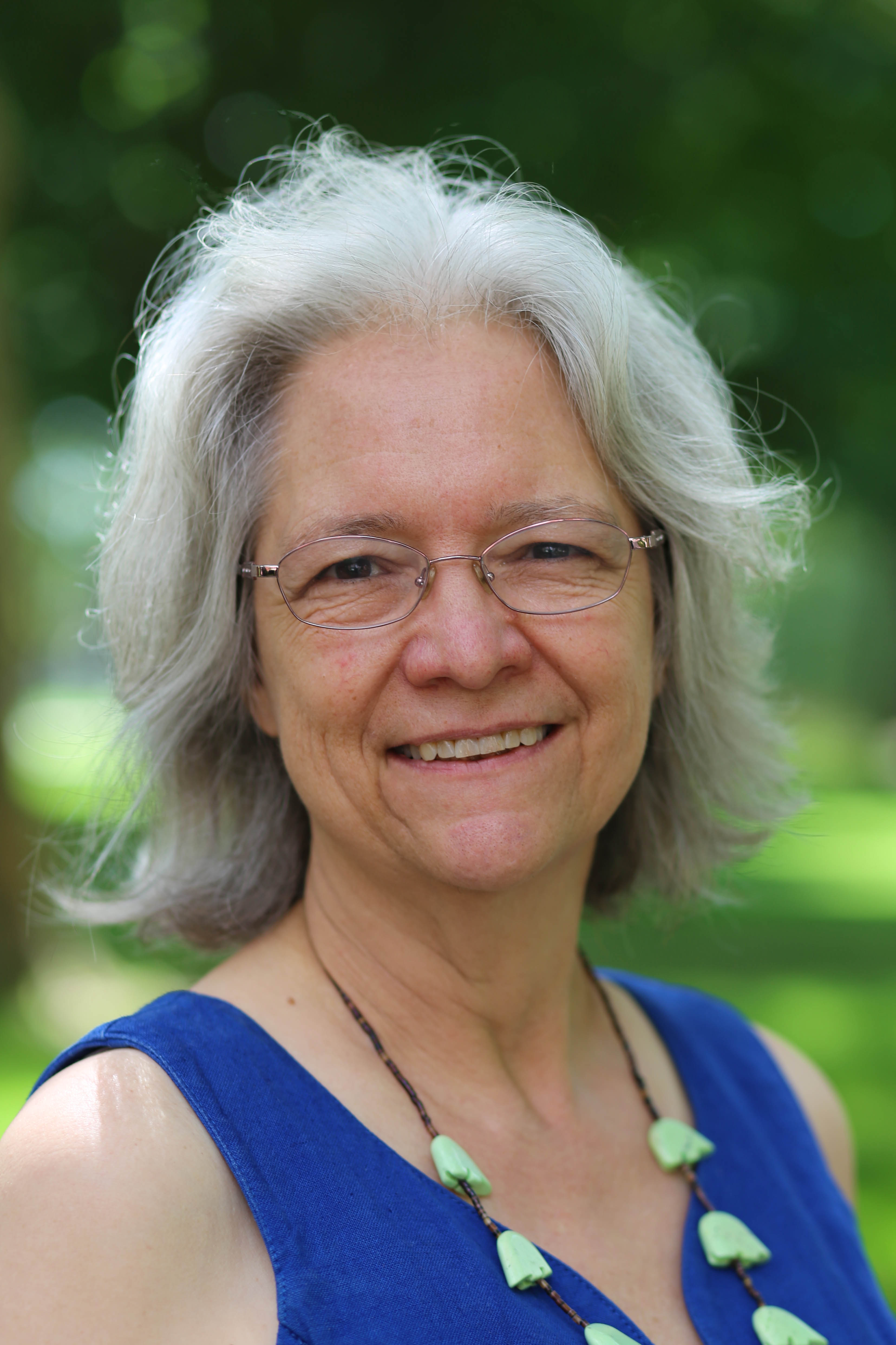
Issue Introduction: Word and Image - Warren and Jane Rohrer
by Ann HostetlerIt is both a privilege and a joy to publish this issue of the Journal of Mennonite Writing on the words and images of Warren and Jane Rohrer. Both Warren and Jane Rohrer were at the cutting edge of artistic accomplishment among persons from Mennonite contexts. I first met them in the mid-1970s, after I had graduated from college with a major in art and was working in New York City in publishing. Home for the weekend in Philadelphia, I was invited by my parents to join them at a gathering of Mennonite scholars, artists, and thinkers, around supper at …
-
0
read more

Exhibitions of Warren Rohrer's paintings and Jane's Poems
by Kasdorf, Reed, RobinsonIn collaboration with Christopher Reed and Joyce Henri Robinson, Julia Spicher Kasdorf has arranged for two exhibitions, different in focus and content, of the paintings of Warren Rohrer and the poems of Jane Turner Rohrer at the Palmer Museum of Art at The Pennsylvania State University (February 10 - June 6, 2021) and at the Woodmere Art Museum in Chestnut Hill, PA (April 6 - July 10, 2022). See below for details on exhibits and related links.
-
0
read more
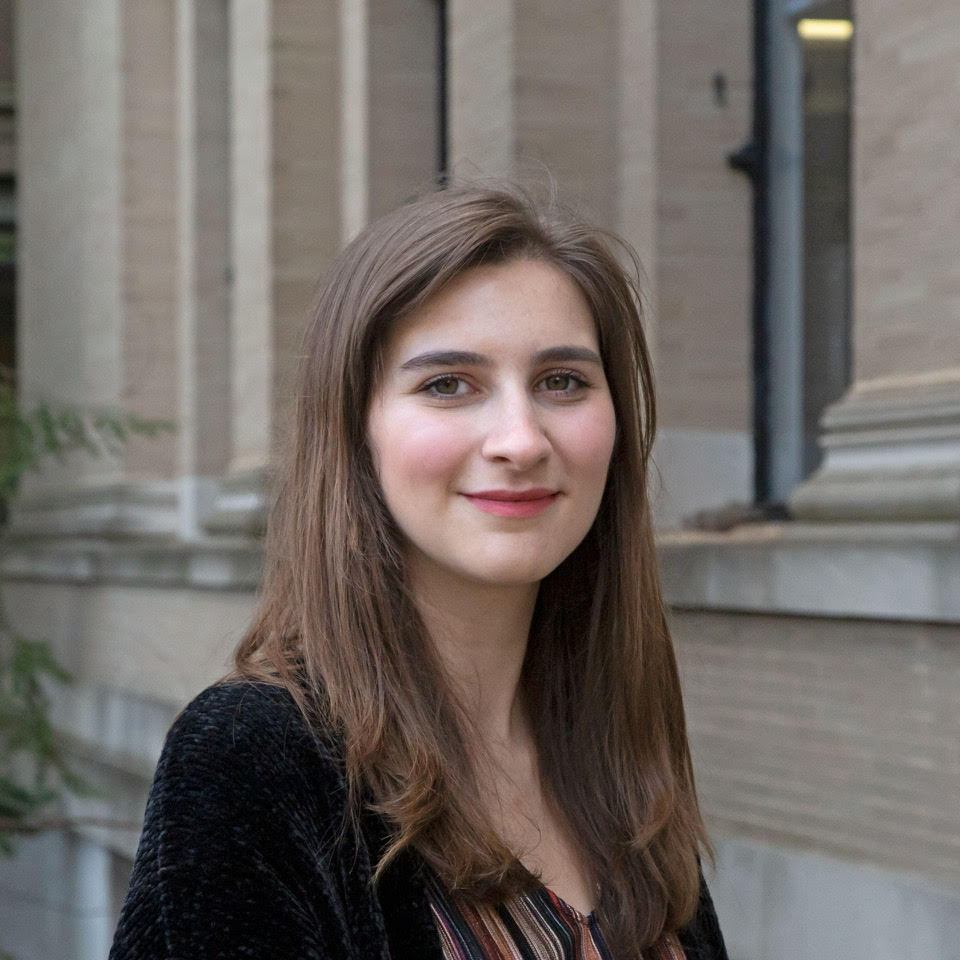
Field Language: Digital Companion
by Hannah MatangosThe “digital companion” to the Palmer exhibition, which includes 4 informational videos:
-
0
read more

Poem: Acquiring Land
by Jane RohrerPoem from Acquiring Land by Jane Rohrer. Dreamseeker Poetry Series #17, Cascadia Publishing, 2020.
-
0
read more

Poem: Weatherless Journey
by Jane RohrerPoem from Acquiring Land by Jane Rohrer. Dreamseeker Poetry Series #17, Cascadia Publishing, 2020.
-
0
read more

Use Your Words: A Review of Acquiring Land by Jane Rohrer
by Melanie ZuercherIf you are a Mennonite of a certain age, the product of a Mennonite higher education, and if your first full-time job after graduating from Goshen (Ind.) College was to work for (at the time, and arguably) the best-known Mennonite arts entity on the East Coast or even below the 49th parallel, while living for three years in Lancaster, Pa. – well, if you are all those things, you might be me. But you are not, so I will add: You might see a book “by Jane Rohrer” titled Acquiring Land: Late Poems and, knowing she had been married to …
-
0
read more
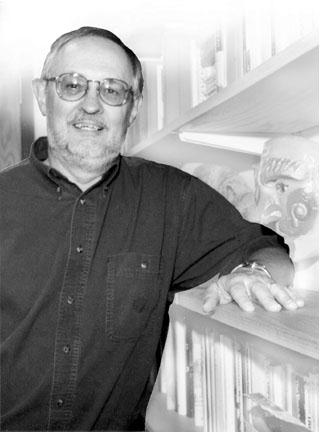
Review of Field Language: The Painting and Poetry of Warren and Jane Rohrer
by Ervin BeckNOTE: The book reviewed here is a companion for two exhibits—one at the Palmer Museum of Art at Pennsylvania State University and one at the Woodmere Museum in Philadelphia. Covid protocols forced the postponement of both. The Palmer exhibit is scheduled for Feb. 10-June 6, 2021; the Woodmere, a year later, to April 6, 2022- July 10, 2022.
* * * * * *
Julia Spicher Kasdorf, Christopher Reed, Joyce Henri Robinson, eds. Field Language: The Painting and Poetry of Warren and Jane Rohrer. University Park, PA: Palmer Museum of Art (Penn State U.), 2020. Pp. 225. …
-
0
read more

Hearing the Brush: A Response
by Ann HostetlerJane Rohrer's poetry in Field Language.
-
0
read more

Mennonite Creators' Discussion Group, 1993-2000
by Lois Frey GrayIn the fall of 1992, Lois Snavely Frey (now Gray), heard Warren Rohrer speak about his work as an artist at People’s Place, a center for Mennonite arts and culture, in Intercourse, PA. Frey, a Lancaster, PA social worker interested in creativity, was captivated by Rohrer’s talk and asked him for a copy. He told her that there was no manuscript for his talk, but offered conversation. Thus the idea for the Mennonite creativity discussion group began to form in Frey’s mind.[1]
By 1993, US Mennonites in the arts were beginning to gain traction in the public sphere and …
-
0
read more
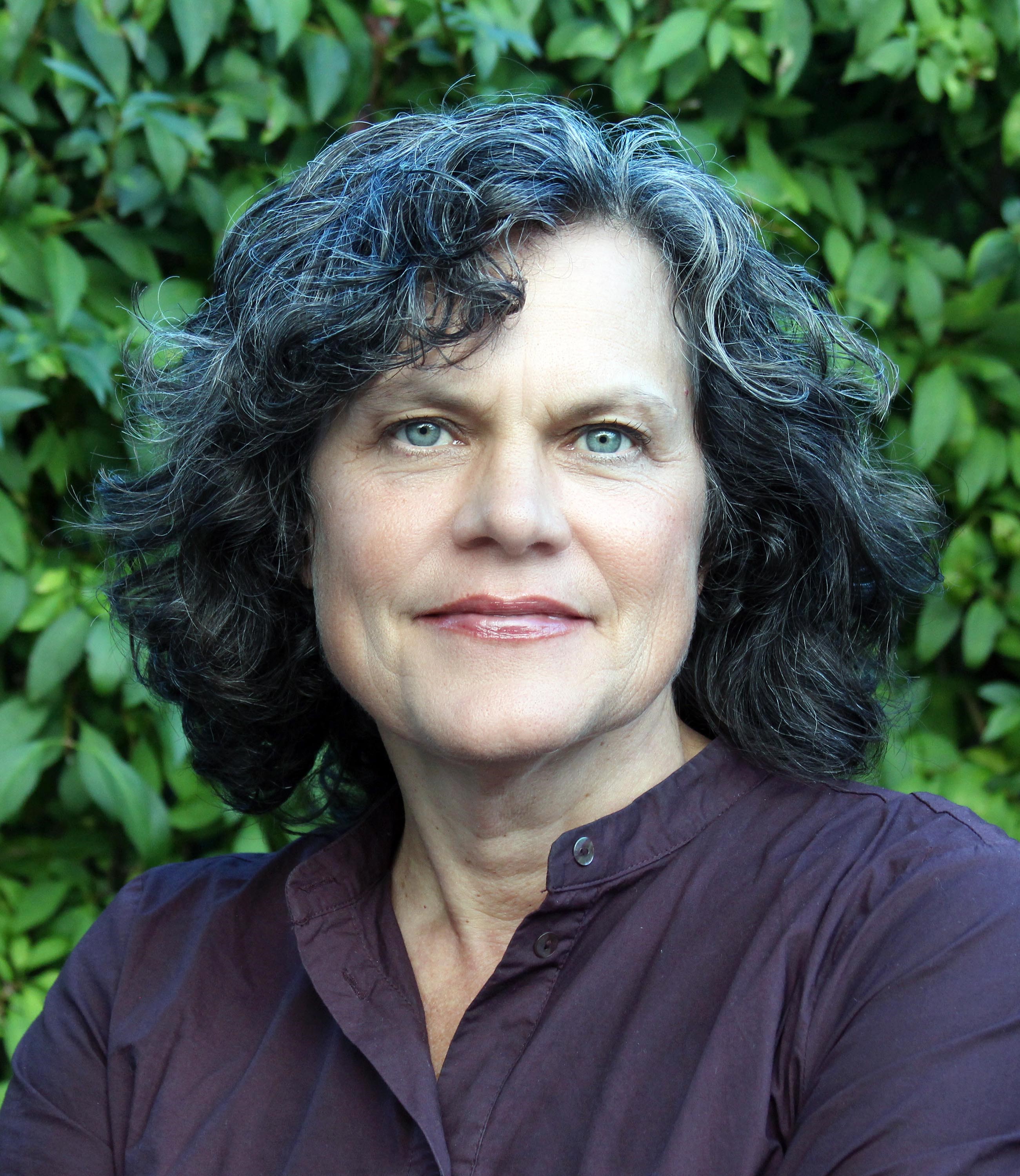
Poem: Boustrophedon
by Julia Spicher KasdorfThis poem, from Julia Kasdorf's Eve's Striptease (Univ. of Pittsburgh Press, 1998), was written for Warren Rohrer. In an ironic twist, the poet (Julia) learned this Greek literary term from the visual artist (Warren), who was obsessed with it.
Julia comments: I wrote the poem after learning the word from Warren’s mouth the day when Lois’s creativity group met at Locks Gallery. I wrote it FOR Warren and mailed it to him. He wrote me a letter in return in which he pointed out the sestina structure, literally mapped it out in lists of numbers. He didn’t realize I’d used a standard European form, but wanted me to see that he recognized what I’d done structurally. Now that I see his notebooks, which are in a case at the Penn State exhibition, I realize that he meticulously mapped out plans for his paintings. They might look spontaneous, but they’re highly engineered. Anyway, he also said that they didn’t really “move to the city” [for art] as the poem states because his career flourished on the Christiana farm. (Earlier, of course, he and Jane lived in the Philly suburbs.) That detail was as much about my life as his, and this biographical sketch helped me to make a map for myself, I now realize. When the Allentown Museum hosted an exhibition of Warren’s work in 2016, they asked me to offer a little talk about Jane’s poetry, and I suppose that’s what got me reading her work carefully. When I showed up at the exhibition, there was a chunk of “Boustrophedon" on the wall. It blew me away. That may be what gave me the idea to put Jane’s poems on the wall with Warren’s paintings.
-
0
read more

The Possibility of Positive Marginality: Warren Rohrer’s Mennonite Community of Origin
by Steven M Nolt“There is this beauty which comes out of all these experiences that one has,” Warren Rohrer decided. It was a remarkable assertion, given its context. A number of Mennonite-reared artists and thinkers had come together in spring 1993 to discuss sources of creativity, and in the process shared story after story of misunderstanding and rejection by their childhood church communities. Listening to their accounts, therapist Lois Frey, who had convened the discussion, recognized the obvious pain in these narratives of being relegated to the margins. But she also wondered if there might be some “positive marginality,” some special perspective gained …
-
0
read more
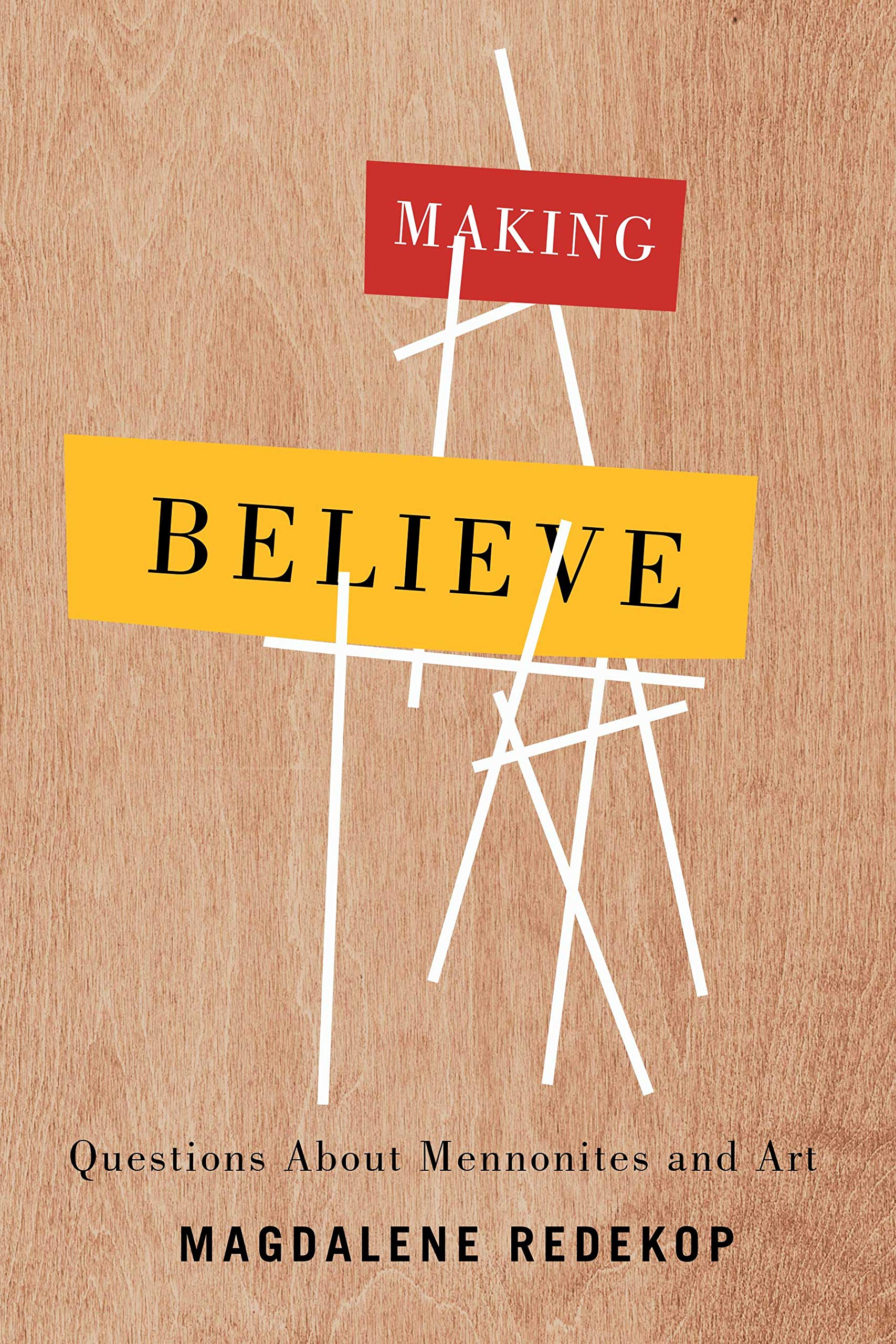
Making Believe: Reflections
by Magdalene RedekopThis seminal new book--part intellectual autobiography, part theoretical exploration--probes issues of representation in Mennonite literture and art.